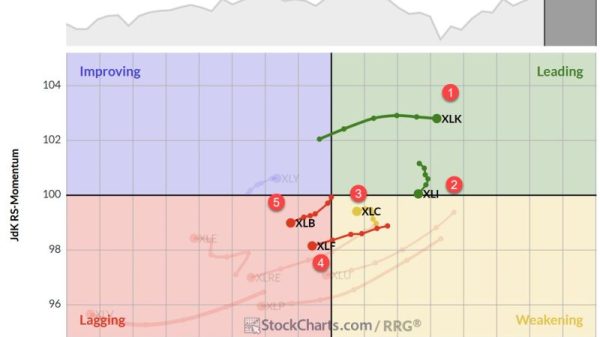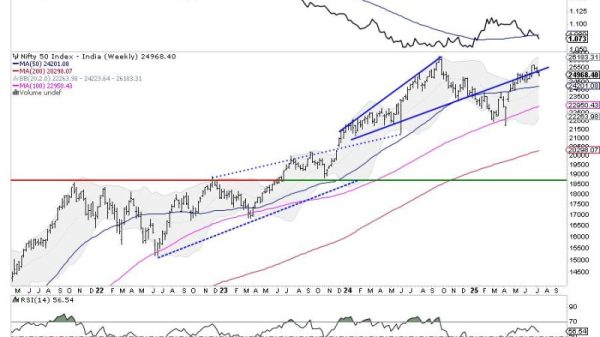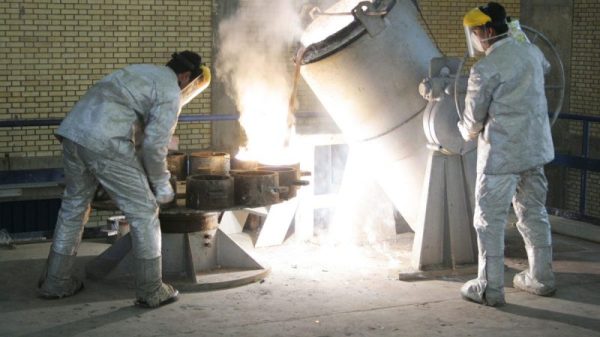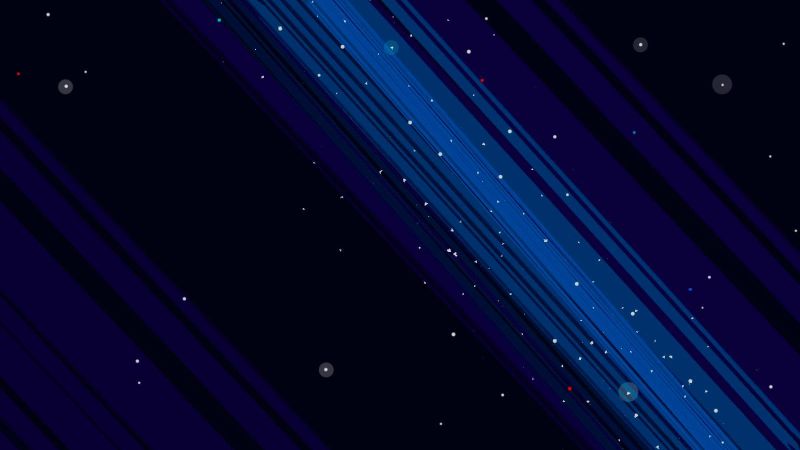New images from the James Webb Space Telescope have revealed surprising pairs of planet-like objects in the Orion Nebula that have never been detected before.
The Orion Nebula, a glowing cloud of dust and gas, is one of the brightest nebulae in the night sky and identifiable as the sword in the Orion constellation. Located 1,300 light-years from Earth, the nebula has long presented astronomers with a wealth of celestial objects to study, including planet-forming disks around young stars and brown dwarfs, or objects with a mass between that of planets and stars.
Astronomers used Webb’s near-infrared camera, called NIRCam, to capture mosaics of the Orion Nebula in short and long wavelengths of light, revealing unprecedented details and unexpected discoveries.
When astronomers Samuel G. Pearson and Mark J. McCaughrean studied the short-wavelength image of the Orion Nebula, they zoomed in on the Trapezium Cluster, a young star-forming region that’s about 1 million years old, filled to the brim with thousands of new stars. In addition to the stars, the scientists spotted brown dwarfs, which are too small to kick-start the nuclear fusion at their cores to become stars. Brown dwarfs have a mass that is below 7% the mass of the sun.
On the hunt for other low-mass isolated objects, the astronomers found something they had never seen: pairs of planet-like objects with masses between 0.6 and 13 times the mass of Jupiter that appear to defy some fundamental astronomical theories.
The scientists dubbed them Jupiter Mass Binary Objects, or JuMBOs.
“Although some of them are more massive than the planet Jupiter, they will be roughly the same size and only slightly larger,” said Pearson, a European Space Agency research fellow at the European Space Research and Technology Centre in the Netherlands.
The astronomers found 40 pairs of JuMBOs and two triple systems, all on wide orbits around one another. Although they exist in pairs, the objects are typically about 200 astronomical units apart, or 200 times the distance between Earth and the sun. It can take between 20,000 and 80,000 years for the objects to complete an orbit around each other.
The objects’ temperatures range from 1,000 degrees Fahrenheit (537 degrees Celsius) to 2,300 F (1,260 C), Pearson said. The gaseous objects are young, astronomically speaking — about 1 million years old. Our solar system, in comparison, is 4.57 billion years old.
“We are halfway through the life of the sun, so these objects in Orion are 3-day-old babies,” said McCaughrean, senior adviser for science and exploration at the European Space Agency. “They’re still quite luminous and warm because the energy they have when they get created still allows them to glow, which is how we can see these things in the first place.”
McCaughrean and Pearson have written two research papers based on their discoveries in the Orion Nebula using the Webb telescope. The studies have been submitted to academic journals for publication, and the preliminary findings are available on a preprint site called arXiv. But many questions about JuMBOs remain — including how they came to be in the first place.
JuMBOs: Upending the rules of astronomy
Stars form from giant clouds of gas and dust that collapse beneath gravitational forces. This process continues as disks of gas and dust swirl around the stars, giving rise to planets. But no existing theories explain how the JuMBOs formed, or why they’re present in the Orion Nebula, McCaughrean said.
For instance, some may consider the JuMBOs to be like rogue planets, or objects of planetary mass that freely travel through space without orbiting stars. But many rogue planets begin by orbiting stars before being ejected, and it would be hard to explain how pairs of them were kicked out at the same time while remaining gravitationally connected to each other.
“Scientists have been working on theories and models of star and planet formation for decades, but none of them have ever predicted that we would find pairs of super low mass objects floating alone in space — and we’re seeing lots of them,” Pearson said. “The main thing that we learn from this is that there is something fundamentally wrong with either our understanding of planet formation, star formation, or both.”
The Orion Nebula is a favorite observational target of astronomers, and the larger and more sophisticated telescopes become, the more objects are revealed within the nebula, McCaughrean said.
“While the objects we are looking at are really faint, they are brightest in the infrared, so that (is) where you have the best chance of detecting them,” Pearson said via email. “JWST is the most powerful infrared telescope that has ever been built and these observations simply wouldn’t be possible with any other telescope.”
Observations of the nebula scheduled for early 2024 could provide more insight into the atmospheric compositions of the JuMBOs, Pearson said. The researchers also want to uncover more details about the objects, including making precise measurements of their masses.
Meanwhile, other research focused on different star-forming regions could reveal whether JuMBOs are elsewhere beyond the Orion Nebula.
“The main question is, ‘What?! Where did that come from?’” Pearson said. “It’s just so unexpected that a lot of future observations and modelling are going to be needed to explain it.”






































